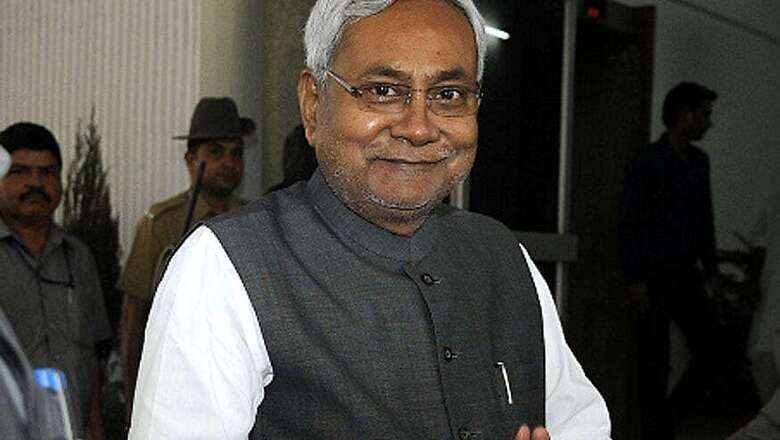
views
Economic growth is necessary for the overall development of a region or country. But authentic and sustained economic growth is not possible without social enabling. The entire edifice of development in Europe was built not only on the basis of its economic parameters, but was preceded by widespread renaissance and regeneration.
The first industrial revolution was possible only through such social enabling. The nuts and bolts of staggering economic growth, euphemistically called ‘capitalist’ transformation, were choreographed by ‘protestant ethics’, which was a clarion call for social enabling.
Even in India, the states which have leapfrogged in development were first socially enabled through social movements. For example, most of the southern and western Indian states which are developed had experienced massive multi-caste social movement. This not only led to social enabling, but acted as a catalytic agent for economic transformation.
The industrialisation in Tamil Nadu or emergence productive sugar co-operatives in Maharashtra was indeed the direct result of anti-Brahmin movement, a purely social phenomenon. Bihar had experienced 10 percent sustained growth rate for more than a decade since 2005, but in the realm of social enabling, there was much left to be done. Thus, Bihar faces double disadvantage.
Apart from its historical legacy of underdevelopment which predated our independence, there has not been any multi-caste social movement of any consequence. This resulted into the building of a grotesque social profile of Bihar. In the absence of a ‘Bihari’ sub-national identity, any sense of ‘provincial ownership’, the prime trigger for social enabling, is nearly absent here.
After Nitish Kumar took over the reign in Bihar, the state was one of the fastest growing ones in terms of economy, thanks to the relatively favourable Finance Commission recommendations during those years. He was possibly the first Chief Minister in post-independence Bihar who provided maximum tangible endowments in terms of roads, bridges, and social and academic institutions.
Concurrently, he also made some efforts for social enabling through provision for positive discriminations in favor of women, lower backwards (Annexure-I) and Dalits in PRIs. Not only did he introduce positive discrimination in jobs for women, but also installed a ‘Mahadalit’ as the Chief Minister. These steps did empower the marginalised, but could not make a decisive impact in the realm of social enabling. Thus, the techno-managerial strategy of Nitish Kumar has its limits, in the absence of social enabling.
Later, to face this challenge, he had taken refuge under the ‘canopy of Gandhiji’. Gandhiji had conceived the supreme strategy of mass enabling. But this enabling cannot be effected through a ‘top down’ approach; it demands an authentic strategy of ‘bottom up’.
Nitish Kumar had tried to resurrect Gandhiji in recent period, first through a clarion call for ‘prohibition’ of liquor, and later for dowry and child marriage through two successive human chains. Both these social agendas are class, caste and religion neutral and have potential for major social change. While Bihar missed the renaissance and regeneration, now it cannot afford to miss the opportunity to banish such stark social evils.
(The writer is the Member-Secretary of Asian Development Research Institute in Patna. Views are personal)
















Comments
0 comment